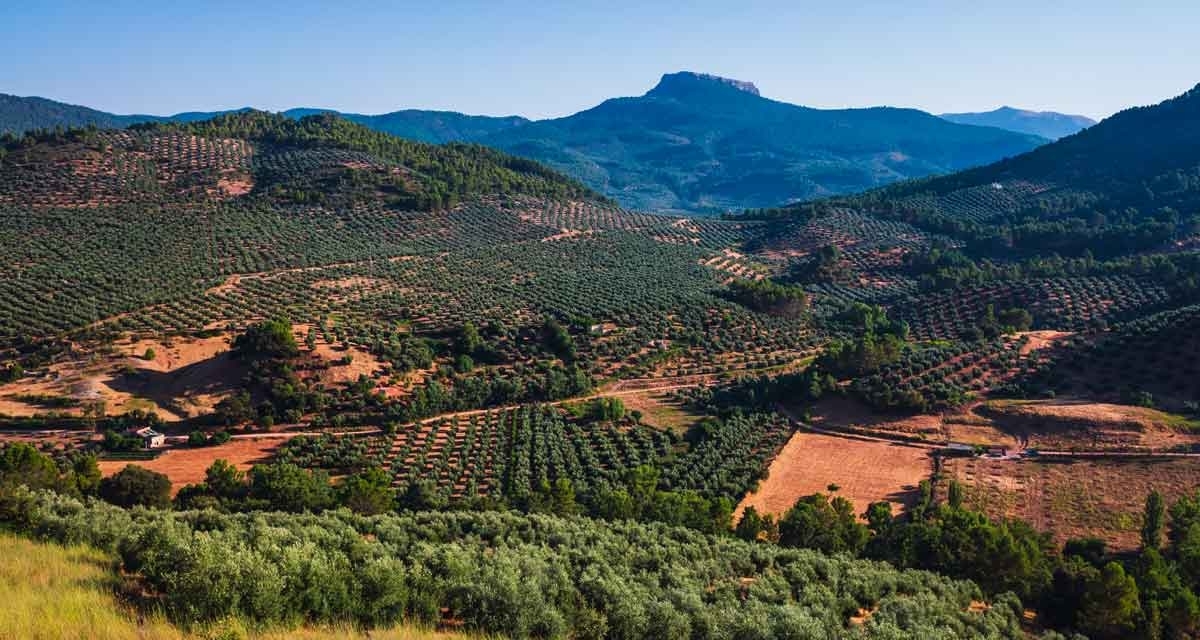
Countries, volumes and prices
We have sought various statistical data to compile a table of Production vs. Consumption among the Mediterranean countries. As primacy is disputed, a lot of money is at stake, and few countries provide reliable data, for a more precise analysis, we were obliged to collect data from the organs responsible for the sector in Italy, Greece, Spain and Portugal, besides data furnished by the International Olive Council. Comparison of these figures reveals that many of these countries, if they do not camouflage, certainly they do not provide the most precise information. On the contrary, in these countries, there was not so much need for importation, or the export and domestic consumption were much less high than they, in fact, assumed. Therefore, despite potential for a deluge of criticism, it is important to note that our table does not coincide with the official tables.
It is necessary to stress that the majority of the countries listed in the table on this site produce olive oils at similar costs, as many belong to the European Community. Given this reality, all should have similar prices at the retail outlet. But not all olives are the same, not all the oils are the same, not all produce the same quantities, not all consume equal quantities. For this reason we have diverse examples of high quality products at very low prices and products of dubious quality at absurdly high prices!
Making a rapid analysis of the production and consumption figures in this table, we can understand that the Italian farmer does not need much effort to sell his products. There the domestic consumption is greater than the production. The same applies to Portugal. And in Greece the difference between production and consumption is very small. On the other hand, the Spanish industry, the mills and the cultivators produce such a large surplus that they are obliged to sell their products at prices much lower than those practiced by the other countries.
The truth is that a product in quantity gives rise to competition, which, in turn, leads to seeking quality, and the binomial, quantity-quality gives rise to a better cost-benefit ratio.
Now, turning to the reality of an importing country: imagine savouring a Greek salad in the city of Mycenae, in Greece, or a fantastic pasta in Santa Crocce in Florence, or even a paella in Seville or a marvellous cod in Porto. Certainly your experience with local olive oils will be absolutely unforgettable. However, few of these olive oils reach an importing country, and when they do so, in the majority of cases, their prices are high. Worse than this is that same brand in the country of origin and in another differ. In fact, rarely are they the same olive oil behind that label! How does this happen? The answer is that it is due to the lack of an olive oil culture, in some countries, low purchasing power and, mainly, a lack of scruples on the part of many industries and traders.
| Production (x1000tn) | 2015/2016 | 2016/2017 | 2016/2018 | 2018/2019 | 2019/2020(p.) | Average | 2020/2021(e.) | % variation rates |
|---|---|---|---|---|---|---|---|---|
| EU, of which: | 2324 | 1752 | 2188 | 2264 | 1924 | 2090 | 2233 | 16.0% |
| SPAIN: | 1403 | 1291 | 1262 | 1790 | 1125 | 1374 | 1596 | 41.8% |
| GREECE: | 320 | 195 | 346 | 185 | 275 | 264 | 265 | -3.6% |
| ITALY: | 475 | 182 | 429 | 174 | 366 | 325 | 255 | -30.3% |
| PORTUGAL: | 109 | 69 | 135 | 100 | 140 | 111 | 100 | -28.8% |
| Other IOC countries, of which: | 668 | 620 | 1007 | 816 | 1084 | 839 | 767 | -29.3% |
| TUNISIA: | 140 | 100 | 325 | 140 | 350 | 211 | 120 | -65.7% |
| TURKEY: | 150 | 178 | 263 | 194 | 225 | 202 | 210 | -6.7% |
| MOROCCO: | 130 | 110 | 140 | 200 | 145 | 145 | 160 | 10.3% |
| ALGERIA: | 82 | 63 | 82 | 97 | 126 | 90 | 90 | -28.7% |
| EGYPT: | 16 | 30 | 40 | 41 | 42 | 34 | 40 | -4.8% |
| ARGENTINA: | 24 | 24 | 45 | 28 | 30 | 30 | 27 | -10.0% |
| Non-IOC producers: | 184 | 190 | 184 | 183 | 198 | 188 | 198 | -0.5% |
| TOTAL: | 3177 | 2561 | 3379 | 3263 | 3207 | 3117 | 3197 | -0.3% |
